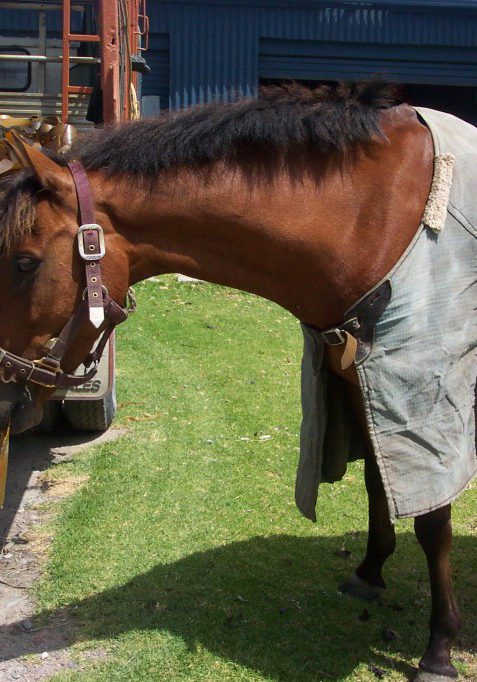Kelp for Animals

Kelp Meal is a natural, balanced source of vitamins and minerals. It contains over 50 different elements and has been used for centuries as a supplement in animal/stock feeds. It has also been used as a conditioner and nutrient source in the soil and compost. Dried and then pulverised to produce an easy to use, granular type preparation for addition to animal rations.
The benefits of kelp meal
- Reduce incidence of loss of body weight (cobalt)
- Boost resistance to parasites and diseases (cobalt, copper and zinc)
- Reduce scouring and dehydration (cobalt & copper)
- Boost general health promoting healthy eyes, teeth, and coat (cobalt, copper and zinc)
- Reduce finishing times
Use seaweed meal as a feeding stuff for horses
Tasmanian bull kelp contains moderate amounts of iodine and it is generally agreed that the level is high enough to be a significant contribution to the requirement, but not so high as to cause any toxicity problems. There have been a number of claims of iodine toxicity observed by feeding bull kelp to horses, but this claim is generally thought to be erroneous. On the other hand, Australian soils are often iodine deficient and there are many well-documented cases where this deficiency has caused nutritional problems. In Europe, where iodine deficiencies in soil are less common seaweed is widely used in feeding stuffs.
The mineral levels in Seaweed Meal are such that when included in a horse ration at between 1% to 5%, that this will supply a significant amount of minerals including iron and potassium. Seaweed also contains a wide range of vitamins and antioxidants. Recent work indicates that the osmoregulatory compounds, such as betaines, present in seaweed might play a major role in stimulating the gut bacteria, allowing better utilisation of food from the gut. Osmoregulatory substances regulate the flow of water through the cell wall.
Besides, feeding horses Seaweed Meal a number of horse owners put seaweed extracts in the drinking water. There are a number of these on the Australian market that are used for this purpose. In the past, owners have used the dark extracts originating from the Northern Hemisphere, but in recent years extract from Australian bull kelp have become more popular. There are a number of seaweed extracts that have been fortified which have also been used. These normally have added copper and zinc and can be used sparingly to address situations where the feed is deficient in these elements.


We have horses here and we feed the kelp meal to our horses in turn they poo it out and the dung beetles come and burrow it into the ground. Thousands of them come out and eat all the horse poo that is laying in the paddock, quite a spectacular sight.
To see how the dung beetles work go to: http://www.dungbeetlesolutions.com.au/about-dung-beetles/
Dosage amount & frequency:
DOGS
small dogs sprinkling mixed with food
large dogs 5-10g per day depending on size
HORSES
Foals 30g per day from weaning to Maturity or until full training.
Brood Mares 50g per day during pregnancy. 30g per day when dry.
Show 50g per day when in work. 40g per day when spelling.
Stallions 50g per day when in work. 30g every 2nd day when spelling.
Performance 50g per day when training. 25g per day when spelling.
Sheep 5-10g per day.
Dairy cattle 20g per day or 20 kg per one tonne of dried feed
Beef cattle Up to 60g per day.
Calves 5g per day Gradually increase to adult rate at 6 months.

